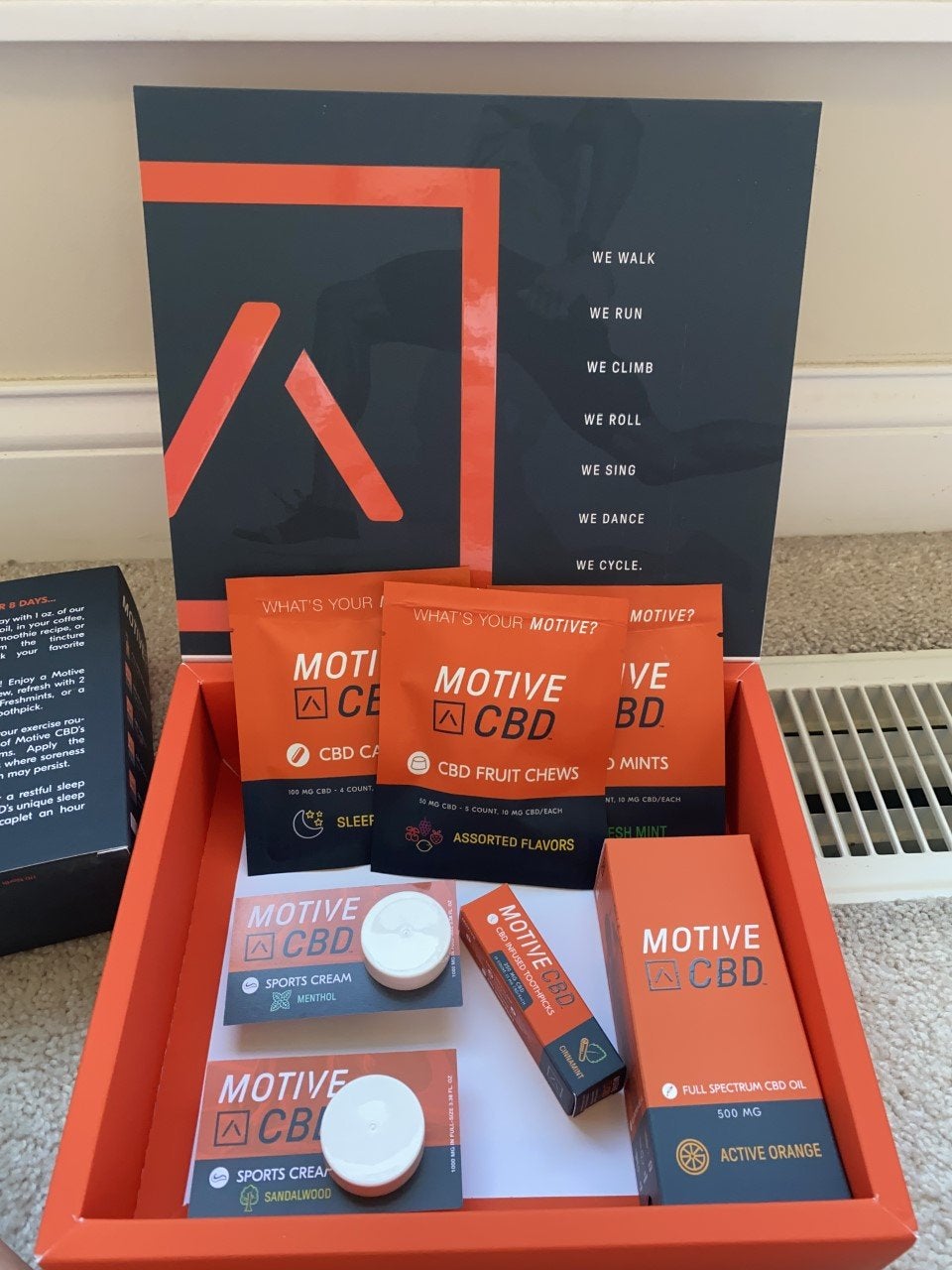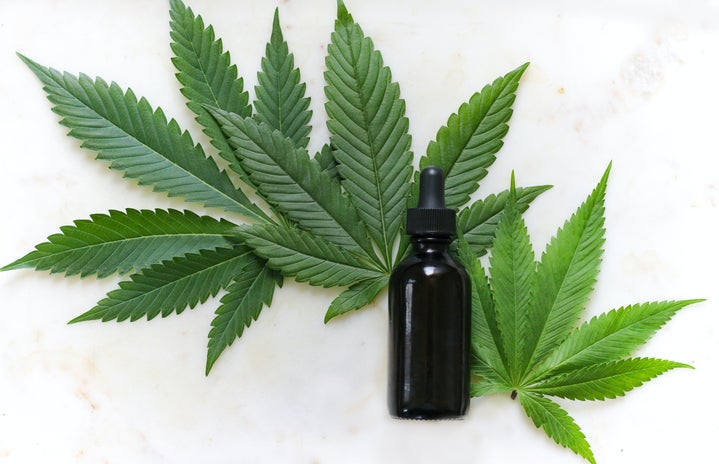“CBD’s not THC! CBD’s not THC!” One can almost hear the roaring chant of young adults across the country trying to convince their family members, professors, and peers of CBD’s medicinal properties as opposed to THC’s euphoria. Producers and consumers alike wonder what their options are as both products grow increasingly accessible and widely used.
Cannabidiol (CBD) and tetrahydrocannabinol (THC) are both natural compounds found in cannabis plants. These are merely two non-fatal substances out of hundreds of compounds from the genus cannabis. They’re both psychoactive, meaning they alter brain function which can affect mood, cognition, and behavior. They can similarly relieve pain, nausea, migraines, and inflammation. They both interact with the cannabinoid type 1 (CB1) receptors in the brain. They share the same chemical formula: 21 carbon atoms, 30 hydrogen atoms, and 2 oxygen atoms. The main deviance is found in the arrangement of their atoms.
CBD and THC are considered cyclic compounds, meaning their composition of atoms form a circular shape. While CBD’s molecules form an open ring, THC’s ring is closed. This slight difference sounds insignificant, but it completely alters the way each compound interacts with our cannabinoid receptors. All humans have an endocannabinoid system (or ECS) in the brain. This creates a state of balance in the body to regulate everyday functions. The ECS has two cannabinoid receptors known as receptors CB1 and CB2. When activated by a compound, a cellular response is triggered in the brain. The way these substances interact with CB1 is different, therefore creating diverse experiences. CBD’s non-psychoactive response differs greatly from that of THC and marijuana.
The following are commonly asked questions regarding these two compounds and their effect on the body:
- CBD
-
Is it legal? Yes! *Idaho, Kansas, Nebraska, and South Dakota have yet to settle the legal status of CBD products.
Does it make you high? No.
Does it show up on drug tests? No. *There are specific CBD-sensitive tests that may reflect recent use of this compound.
Does it have side effects? Yes. Some of these include appetite changes, fatigue, and dizziness.
What can it treat? CBD has been linked to help treat a multitude of struggles such as depression, anxiety, seizures, chronic pain, and period cramps.
What products can this compound most commonly be found in? Topical gels, lotions, oils, supplements, and beauty products.
- THC
-
Is it legal? No.
Does it make you high? Yes – THC is the main psychoactive compound in marijuana.
Does it show up on drug tests? Yes.
Does it have side effects? Yes – and a lot of negative ones: increased heart rate, red eyes, slower reaction time, memory loss, and anxiety.
What can it treat? THC can be used to help pain, nausea, glaucoma, insomnia, and muscle spasms.
What products can this compound most commonly be found in? Edibles, vapes, tinctures, and capsules.
Before trying anything new, always always always do research. Check your state’s laws first for the legal allowance of THC in products, which is most commonly 0.3 percent. Know that non-prescribed products may not be FDA-approved; therefore, be cautious of mis-labeling from certain companies. Ask trusted friends or health professionals for recommendations of trustworthy brands. Stop using any product that disagrees with your body.



